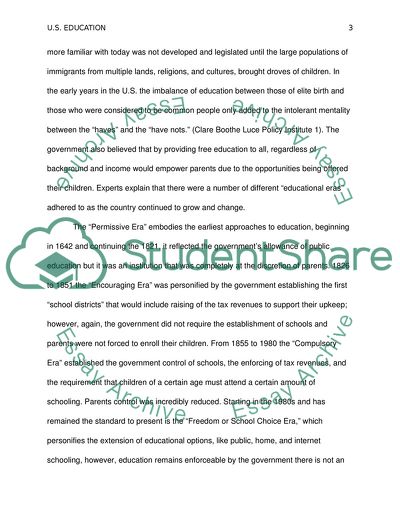Cite this document
(Major Issues of The US Education Case Study Example | Topics and Well Written Essays - 2000 words, n.d.)
Major Issues of The US Education Case Study Example | Topics and Well Written Essays - 2000 words. https://studentshare.org/education/1826967-education-in-united-states
Major Issues of The US Education Case Study Example | Topics and Well Written Essays - 2000 words. https://studentshare.org/education/1826967-education-in-united-states
(Major Issues of The US Education Case Study Example | Topics and Well Written Essays - 2000 Words)
Major Issues of The US Education Case Study Example | Topics and Well Written Essays - 2000 Words. https://studentshare.org/education/1826967-education-in-united-states.
Major Issues of The US Education Case Study Example | Topics and Well Written Essays - 2000 Words. https://studentshare.org/education/1826967-education-in-united-states.
“Major Issues of The US Education Case Study Example | Topics and Well Written Essays - 2000 Words”. https://studentshare.org/education/1826967-education-in-united-states.


